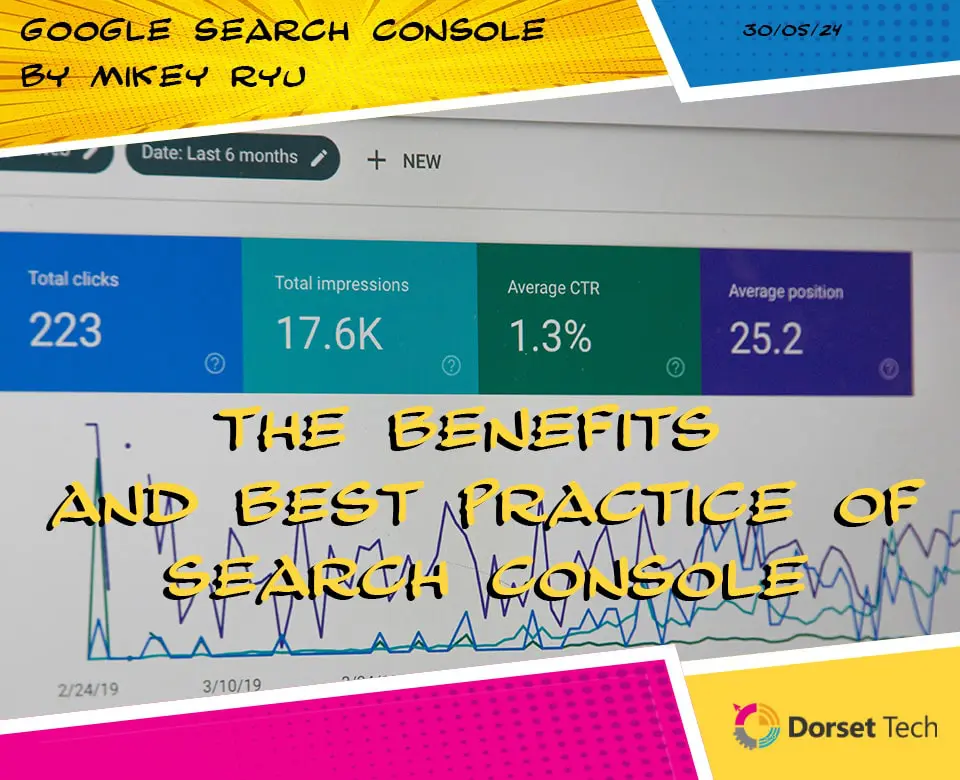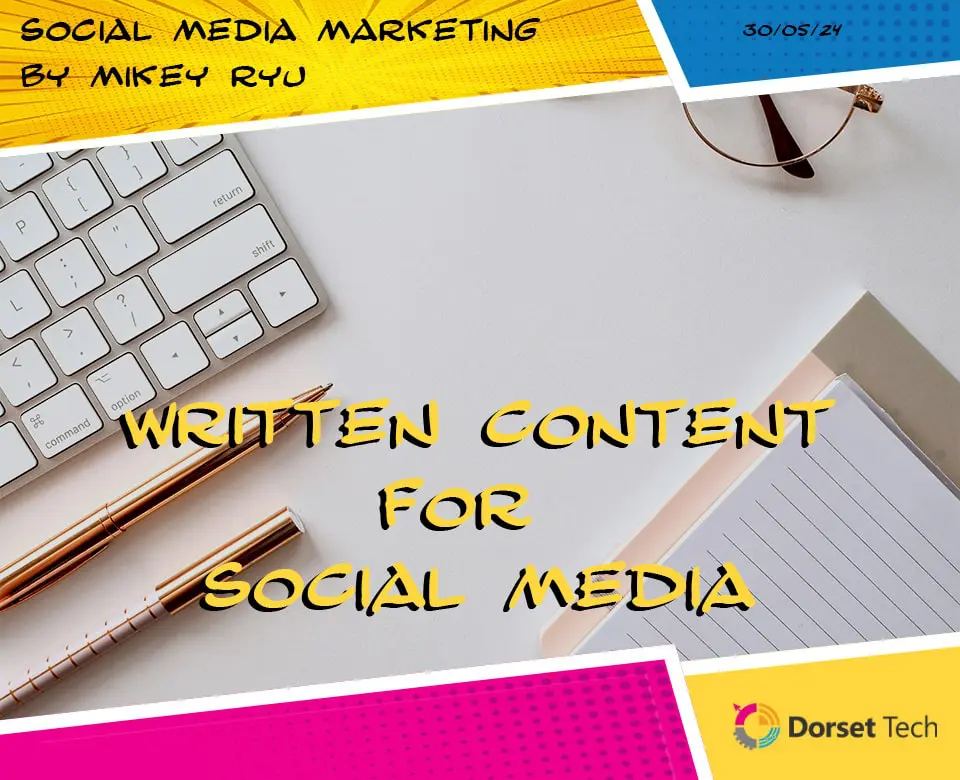
How To Know When You Need a New Website
In the fast-paced digital landscape, a website serves as the cornerstone of a brand’s online presence. It’s the virtual storefront where customers engage, transactions occur, and relationships are nurtured. However, as technology evolves and consumer expectations shift, websites can quickly become outdated or ineffective. In this comprehensive guide, we’ll explore the key signs indicating that it’s time for a website upgrade, from poor user experience to slow loading speeds and everything in between. By understanding these signs, businesses can make informed decisions to revitalise their online presence and stay ahead in the digital realm.
Poor User Experience/Outdated Design:
The first impression matters, especially in the digital realm. An outdated design not only fails to capture attention but also reflects poorly on the brand’s credibility and professionalism. Signs of an outdated design include clunky navigation, inconsistent branding, and an overall aesthetic that feels out of touch with current trends.
Moreover, poor user experience (UX) can lead to high bounce rates and lost opportunities. If visitors struggle to find information, navigate the site, or perform desired actions, it’s a clear indication that the website’s design needs a refresh. Investing in a modern, user-friendly design not only enhances the visual appeal but also improves usability and encourages engagement.
Non-responsive design:
With the proliferation of mobile devices, responsive design has become non-negotiable. A non-responsive website fails to adapt to different screen sizes and devices, resulting in a subpar user experience for mobile users. In today’s mobile-first era, where a significant portion of web traffic originates from smartphones and tablets, neglecting responsive design can alienate a large segment of the audience.
If your website lacks responsiveness, it’s time for a makeover. A responsive design ensures that your website looks and functions seamlessly across devices, providing a consistent and user-friendly experience regardless of the user’s preferred device.
Poor Search Engine Visibility:
In the vast ocean of the internet, visibility is key. A website that languishes in obscurity on search engine results pages (SERPs) is unlikely to attract significant traffic or generate leads. Poor search engine visibility can be attributed to various factors, including outdated SEO practices, technical issues, or a lack of fresh and relevant content.
If your website struggles to rank for relevant keywords or fails to appear prominently in search results, it’s a red flag indicating the need for optimisation. Investing in SEO audits, keyword research, and content optimisation can help improve search engine visibility and drive organic traffic to your website.
Outdated Content:
Content is king, but stale or outdated content can undermine the credibility and relevance of your website. Whether it’s obsolete product information, expired promotions, or neglected blog posts, outdated content sends the message that your website is neglected or irrelevant.
Regularly auditing and updating content is essential for keeping your website fresh and engaging. By providing valuable, up-to-date content, you not only cater to the needs of your audience but also signal to search engines that your website is active and authoritative in its niche.
Slow Loading Speed/ High Maintenance Costs (plug our hosting):
In today’s fast-paced digital environment, speed is paramount. A website that loads slowly frustrates visitors and jeopardises user experience. Moreover, slow loading speeds can negatively impact search engine rankings, as search engines prioritise fast-loading websites in their algorithms.
Additionally, high maintenance costs can be a significant drain on resources, especially if your website requires frequent updates or fixes due to outdated technology or inefficient coding.
At [Your Hosting Company], we understand the importance of speed and reliability. Our hosting services are optimised for performance, ensuring lightning-fast loading speeds and minimal downtime. With our state-of-the-art infrastructure and dedicated support team, you can rest assured that your website will always perform at its best, without breaking the bank.
Complex or Inefficient Backend:
Behind every great website is a robust backend infrastructure that powers its functionality. However, if your website’s backend is complex, outdated, or inefficient, it can hinder performance and scalability. Signs of a problematic backend include slow page load times, frequent crashes, and difficulty implementing updates or new features.
Investing in a modern, user-friendly content management system (CMS) can streamline backend operations and empower your team to manage content more efficiently. Whether it’s migrating to a new CMS or optimising your existing backend architecture, prioritising simplicity and scalability can unlock new possibilities for your website’s growth and success.
Conclusion:
In the ever-evolving digital landscape, a website is more than just a virtual storefront—it’s a reflection of your brand’s identity, values, and commitment to excellence. By recognising the signs indicating the need for a website upgrade, businesses can take proactive steps to revitalise their online presence and stay ahead of the curve. Whether it’s addressing poor user experience, optimising search engine visibility, or investing in high-performance hosting, every upgrade brings your website one step closer to realising its full potential in the digital realm. At [Your Hosting Company, we’re here to support you every step of the way, with cutting-edge hosting solutions and expert guidance to help you achieve your goals.





















